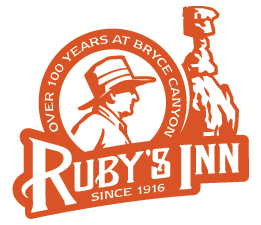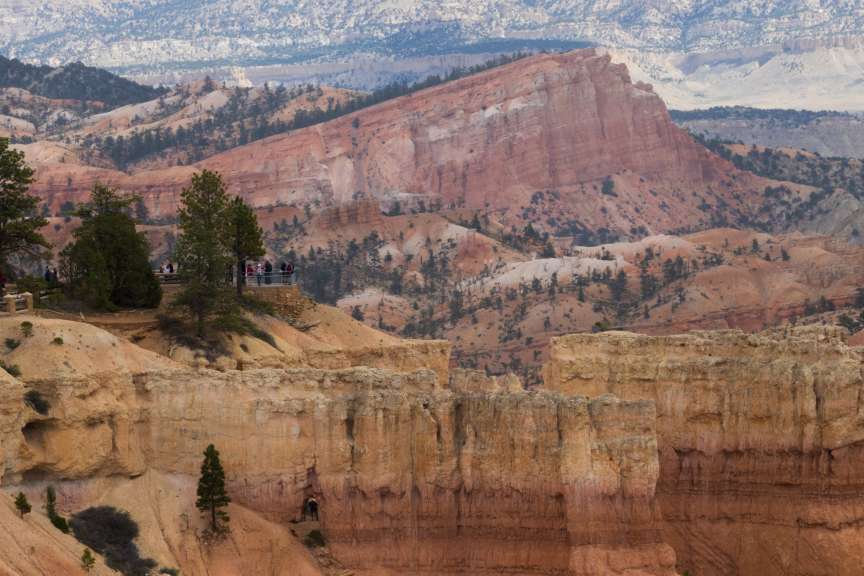BRYCE, UT – A new National Park Service (NPS) report shows that 2,571,684 visitors to Bryce Canyon in 2017 spent $213 million in communities near the park. That spending supported 3,119 jobs in the local area and had a cumulative benefit to the local economy of $256 million; this cumulative economic benefit has doubled in value since 2012. Bryce Canyon is now the 12th most-visited national park in the nation, and the 2nd most-visited of Utah’s Mighty Five national parks.
“Bryce Canyon welcomes visitors from across the country and around the world,” said Superintendent Linda Mazzu. “We are delighted to share the story of this place and the experiences it provides. The park is a way to introduce our visitors to this part of the country and all that it offers. Every $1 invested by American taxpayers in the National Park Service returns more than $10 to the U.S. economy. It’s a big factor in our local economy as well. We appreciate the partnership and support of our neighbors and are glad to be able to give back by helping to sustain local communities.”
This information comes from a peer-reviewed visitor spending analysis conducted by economists Catherine Cullinane Thomas of the U.S. Geological Survey and Lynne Koontz of the National Park Service. The report shows $18.2 billion of direct spending by more than 330 million park visitors in communities within 60 miles of the 417 National Park Service units. This spending supported 306,000 jobs nationally; 255,900 of those jobs are found in these gateway communities. The cumulative benefit to the U.S. economy was $35.8 billion.
Surrounding Bryce Canyon, the lodging sector received the highest direct contributions with $70.1 million in economic output to local gateway economies. The restaurants sector received the next greatest direct contributions with $39 million in economic output.
According to the 2017 report, most Bryce Canyon park visitor spending was for hotels (32.9 percent) followed by restaurants (18.3 percent), transportation (10.5 percent), gasoline (10.4 percent), retail (9.9 percent), and recreation industries (9.2 percent).
Report authors also produced an interactive tool that enables users to explore visitor spending, jobs, labor income, value added, and output effects by sector for national, state, and local economies. Users can also view year-by-year trend data. The interactive tool and report are available at the NPS Social Science Program webpage: https://www.nps.gov/subjects/socialscience/vse.htm
To learn more about national parks in Utah and how the National Park Service works with Utah communities to help preserve local history, conserve the environment, and provide outdoor recreation, go to www.nps.gov/Utah.
-NPS-
About the National Park Service: More than 20,000 National Park Service employees care for America’s 417 national parks and work with communities across the nation to help preserve local history and create close-to-home recreational opportunities. Visit us at www.nps.gov, on Facebookwww.facebook.com/nationalparkservice, Twitter www.twitter.com/natparkservice, and YouTube www.youtube.com/nationalparkservice.

